Seven months into her new role at a Colorado tech company, Shani-Leigh Christiansen couldn’t shake the feeling that something important was missing. It wasn’t the work. She loved what she did: helping working adults access higher education opportunities. Nor was it the culture. She appreciated the company’s willingness to talk openly about diversity and inclusion.
It was what she saw around her that stood out — or rather, what she didn’t see.
She was one of very few black women in the company, none of whom held management positions. As someone getting started in her career, it was hard for her to see a path to advance. She had the same experience at her previous job, a tech startup in Boston, too. So she said something.
Numbers of women of color in tech are low
“I let my managers know that that was something I felt was really important to my career development,” Christiansen said. “I didn’t see people who looked like me in high-up positions at the company, and I wanted to know that they were interested in our career development as people of color, and especially women of color.”
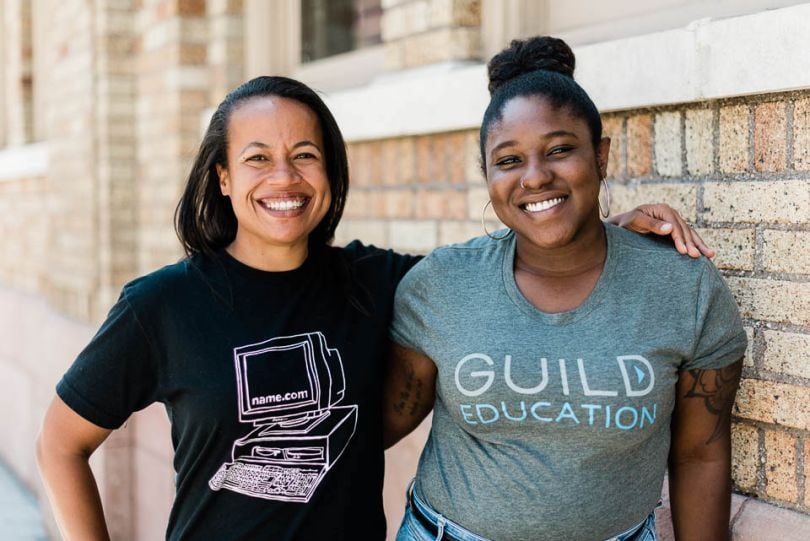
Her managers listened, and sent her to a Women of Denver conference, where she happened upon a talk about how female entrepreneurs and tech workers can build successful careers. While sitting in the audience, she listened with bubbling excitement as another black woman discussed agile product practices.
It’s hard to see yourself growing in a company when you don’t see yourself represented.”
Her name was Angela Daniels, and as she talked about building a high-performing product team, Christiansen saw someone she could confide in and learn from. After the panel, she made a beeline for Daniels to introduce herself.
They met for coffee the following week, exchanging mutual experiences and instantly bonding. Daniels also knew what it was like to be one of few black women at a tech company. Though she also loved her work and coworkers, she similarly didn’t feel like she had anyone to talk to who shared her experience.
“It’s hard to see yourself growing in a company when you don’t see yourself represented,” Daniels said. “It doesn’t seem like it’s possible for you to reach a certain level.”
After meeting up a couple times in March, they both wished for a larger network for black women in Colorado tech to connect. So, they decided to start their own: the Women of Color in Tech Slack group.
“One of the things we wanted out of it was a safe space for women of color in tech because there are so few of us,” Christiansen said. “We want women to be able to network, to be able to talk about the issues we’re seeing in our companies and to get advice.”
She added: “We have used this space as a way to say ‘This is our community. We exist. We’re here, and we have a voice.’”
Daniels and Christiansen aren’t alone in feeling alone. Tech has a reputation as a white, male-dominated industry. While companies have started pouring in millions of dollars to improve, be it through diversity and inclusion committees or updating hiring and recruitment practices, representation of women of color in tech continues to lag far behind.
Only 12 percent of all women in computing roles are black or Latinx, according to a recent report from the Kapor Center. In Silicon Valley, the numbers are even bleaker, with only 2 percent of all workers being black, Latinx or Native American women. In general, the proportion of women in tech positions has only decreased since 1991, according to a report by the National Center for Women in Information and Technology.
It’s an issue that persists not just in Colorado or Silicon Valley but across the country. And tech companies need to do something about it, or risk missing out on voices and talent that can move the industry forward.
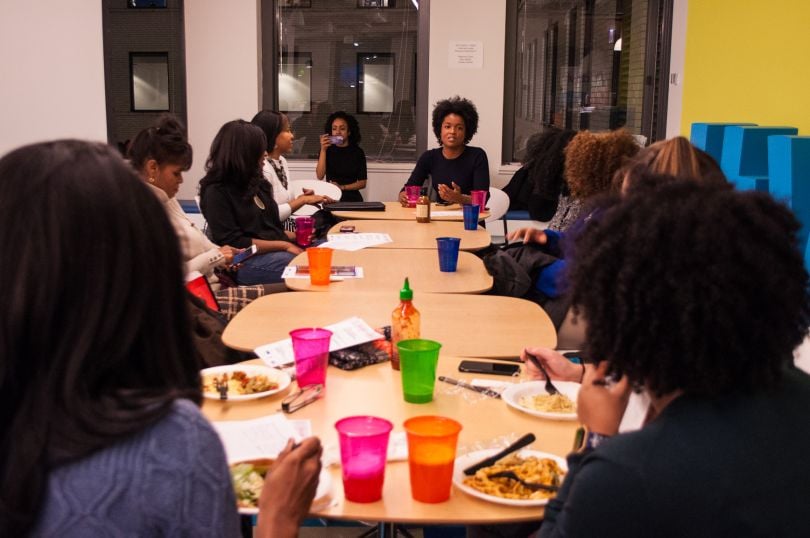
BARRIERS TO ENTRY
Two years ago in Chicago, Tosha Ottey was volunteering at a Black Girls Who Code event, where she chatted with some other volunteers about how much she wished a program like this were available to her as a child.
She had studied applied mathematics in school and worked for NASA and GE upon graduation, but her computer science skills were mostly self-taught on the job. She realized there were most likely other women who were interested in coding, but who didn’t have the resources to learn it.
So she decided to provide Java bootcamps for black women in Chicago. Those classes morphed into Chicago Black Women in Tech — an organization working to address inequities that black women experience in the industry.
Getting into tech takes resources.”
Since then, Ottey estimates that she’s helped more than 100 black women learn Java and object oriented programming. But to her, that approach is just a Band-Aid solution. The disparity is a systemic issue that goes to the roots of society, education and the industry, she said, and it will take more than a community network to fix it.
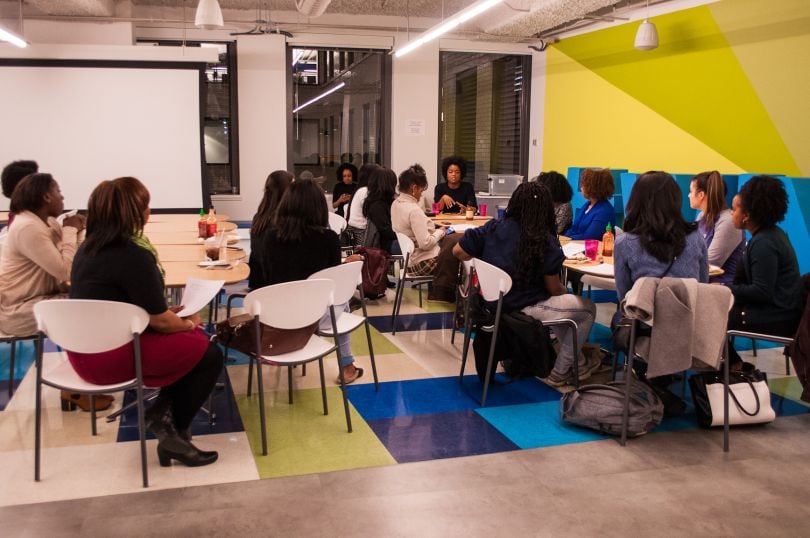
The inequity starts with education. People of color have less access to quality education, Ottey said, and many STEM initiatives do a poor job of recruiting girls. This sets up a situation where fewer young black girls see tech as a viable career.
“When you go to STEM fairs and set up a booth for coding and let little kids walk up, there’s a big difference in gender and race of what kids are more comfortable asking questions and doing coding exercises, and which ones are doing it for the first time,” Ottey said.
Coding bootcamps are one avenue for entering tech later in life, but these programs also have their own barriers to entry, including tuition costs and the time investment required.
“Getting into tech takes resources,” Ottey said. “You might need the ability to stay after work to go to a bootcamp, or you might need to take a sabbatical for six months and also have $15,000 for tuition and money to take care of yourself.”
Then there are the implicit biases that trickle into hiring. Companies often hire who they know. Christiansen said the company she first worked for was founded by two Harvard Business School graduates, so naturally, they hired from Harvard Business school, which is a predominantly white network.
Biases can also pop up when a manager examines a resume that doesn’t have a traditional career path.
These obstacles can make it hard for women of color to even break into the field. And once they do, the challenges continue to mount.
CATCH-22
Tiana Clark can’t think of a time where she hasn’t been in the minority as a black woman at the table.
It’s been that way throughout her career, where she’s gone from being an intelligence analyst for the U.S. Air Force to working in IT for Valero to her current position as a sales enablement leader for a major tech company in Chicago. Being one of very few black women in a room often means not knowing if you have a support system, she said.
While she has a supportive network at her current job, she’s been in situations at other jobs where that isn’t the case. That’s led to times when her contribution to a meeting wasn’t heard or acknowledged, only for a male coworker repeat what she said and receive credit. It’s also made her question how she should act as a leader.
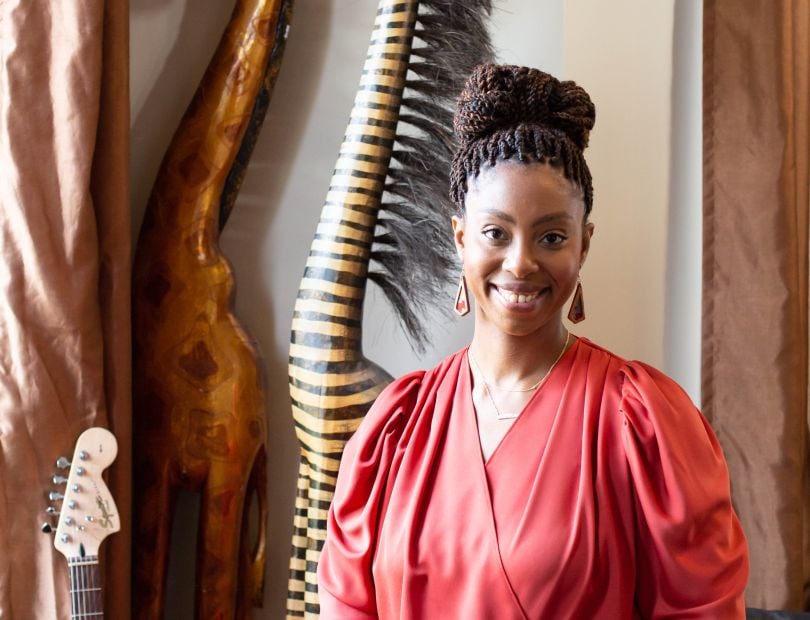
Clark said many women of color worry about acting assertively — an important leadership trait — for fear of being labeled as an angry black woman. But being too nice or accommodating would also serve to erode one’s authority as a leader.
Being one of a very few black women in a leadership role can create an impossible catch-22, she said.
“It's hard, and I think there's a lot of mental health issues that come from it,” Clark said. “You're struggling to understand the identity that you're supposed to have in these environments so that you can just be treated equally and have the same opportunities as everyone else.”
But there are a host of other inequities and biases that crop up that a company may not be aware of because they have a majority-white staff. It can be in the hesitation to greet a female coworker, the failure to recognize an idea, tokenizing an employee or even claiming “not to see” gender or color, according to the NCWIT report. These interactions create a culture that can erode confidence and stifle the professional growth of women of color in the workplace.
You're struggling to understand the identity that you're supposed to have in these environments so that you can just be treated equally and have the same opportunities as everyone else.”
The result is that tech is missing out on the voices of a growing segment of the population. Women of color constitute 39 percent of the female-identified population in the U.S., and will comprise the majority by 2060, according to the Kapor Center study.
“If you don’t have a diverse employee base, you’ll end up recycling the same ideas, and that’s going to stop innovation and growth,” Clark said.
Those voices are needed to drive innovation, and a failure to include them shows up on the bottom line. Hidden biases cost corporate America $64 billion in employee turnover a year, according to the National Center for Women and Information Technology report.
But it should not be lost that the cost to the affected communities is even greater: black and Hispanic women made just 67 percent of what men earned for doing the same job, according to the Institute for Women’s Policy Research.
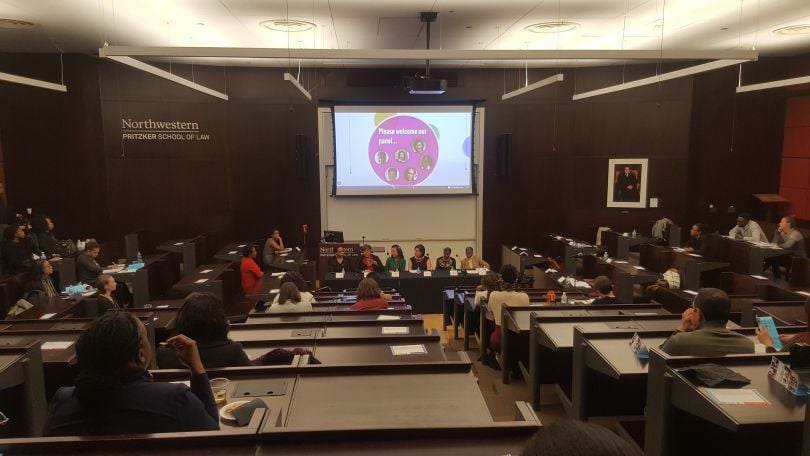
WORKING TOWARD A FUTURE
It’s going to take an all-hands approach to fix tech’s disparities, since the root causes range from elected officials to schools to companies, Ottey said.
In her opinion, reform needs to start with community leaders and elected officials making sure all citizens have access to quality education that will prepare them for the changing economy. Programs like Black Girls Who Code may be effective, but their existence underlines the need for comprehensive reform.
“If we had an education system that was more equitable, there would be less of a need for private citizens to step in and try to bridge the gap,” Ottey said.
Tech companies can do more to be more inclusive, too. One step companies can take is to cast a wider net in the communities they recruit from. Ottey suggested companies design their teams with positions reserved for apprenticeships and those with bootcamp backgrounds to supplement hires with traditional computer science degrees.
Doing so would help solve the resume dilemma and create a broader pipeline of candidates who don’t all come from the same background and networks — i.e. the white male from MIT or Harvard Business School. It would also make room for people who may not have a traditional path of education but have the tenacity and willingness to learn and become valuable employees.
“The best programs would be able to provide opportunities for people to get a foot in the door, not just with an interview,” Ottey said. “It requires really looking at the workforce and what’s being presented and saying, ‘Can I work with them differently?’ And then keeping a finger on the pulse of how people are feeling.”
Because it’s not enough to cultivate a diverse workforce. Companies also need to create plans to make sure those employees are receiving the resources they need to grow.
Industry-wide, tech companies have become more vocal about diversity. Google, for one, has published a yearly report and invested millions of dollars into diversity initiatives. Still, progress is slow, Ottey said.
You can roll out policies all day, but it's the people who are ultimately going to make the change.”
As one of very few black leaders at her company, Clark makes sure she brings her “authentic self” to work every day to set the tone and empower other women like her in the company who may not be in a leadership position.
“We need to feel that we can see ourselves,” Clark said.
Clark recently spoke on a panel about the future of talent and hiring and retaining diverse employees for General Assembly. She said creating a diverse and inclusive culture starts with leaders taking on the role of being sponsors and advocates to set the tone.
Next comes building and reinforcing a culture of belonging. At her company, those efforts include short diversity and inclusion videos, individual messages from future coworkers and an instructor-led discussion around diversity and inclusion. Those steps all lay the groundwork for the company’s culture to help new employees acclimate to their environment, understand proper behavior and help them get to know their coworkers on a personal level.
But ultimately, it comes down to people being willing to have open discussions around individual experiences, she said.
“You can roll out policies all day, but it's the people who are ultimately going to make the change,” Clark said. “People have to get to know each other on a person-to-person level, ... understand that each person has a different experience and have empathy for one another.”

RISING VOICES
Since Daniels and Christiansen launched their Women of Color in Tech group, 36 women have signed up.
The Slack group has become a vibrant virtual meeting place. Women have shared career coaches and mentorship opportunities, shared success stories, and posted job opportunities for each other. General Assembly has also reached out for members to sit on different panels. But most importantly, the channel has become an outlet for its members to find validation and advice on how to handle a challenging experience.
Our whole purpose was to build community and empower each other, so it’s just been really exciting.”
It’s become more than Daniels ever imagined.
“Our whole purpose was to build community and empower each other, so it's just been really exciting,” Daniels said. “We're growing faster than we had expected.”
Daniels and Christiansen won’t be able to change the tech industry on their own, but they have laid the foundation for a community where their voices are heard.




